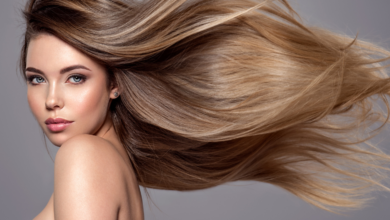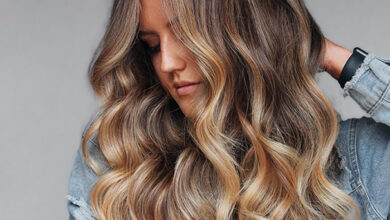
If you’ve ever considered giving your hair a dramatic transformation and embracing darker shades, “Going Dark: Tips and Tricks for Dyeing Hair Darker Shades” is here to guide you through the process. This comprehensive article is a treasure trove of valuable information that will help you achieve the perfect dark hue while keeping your hair healthy and vibrant. From selecting the right shade to understanding the dyeing process, this guide has got you covered every step of the way. Get ready to embark on a fabulous journey to darker hair with confidence and style.
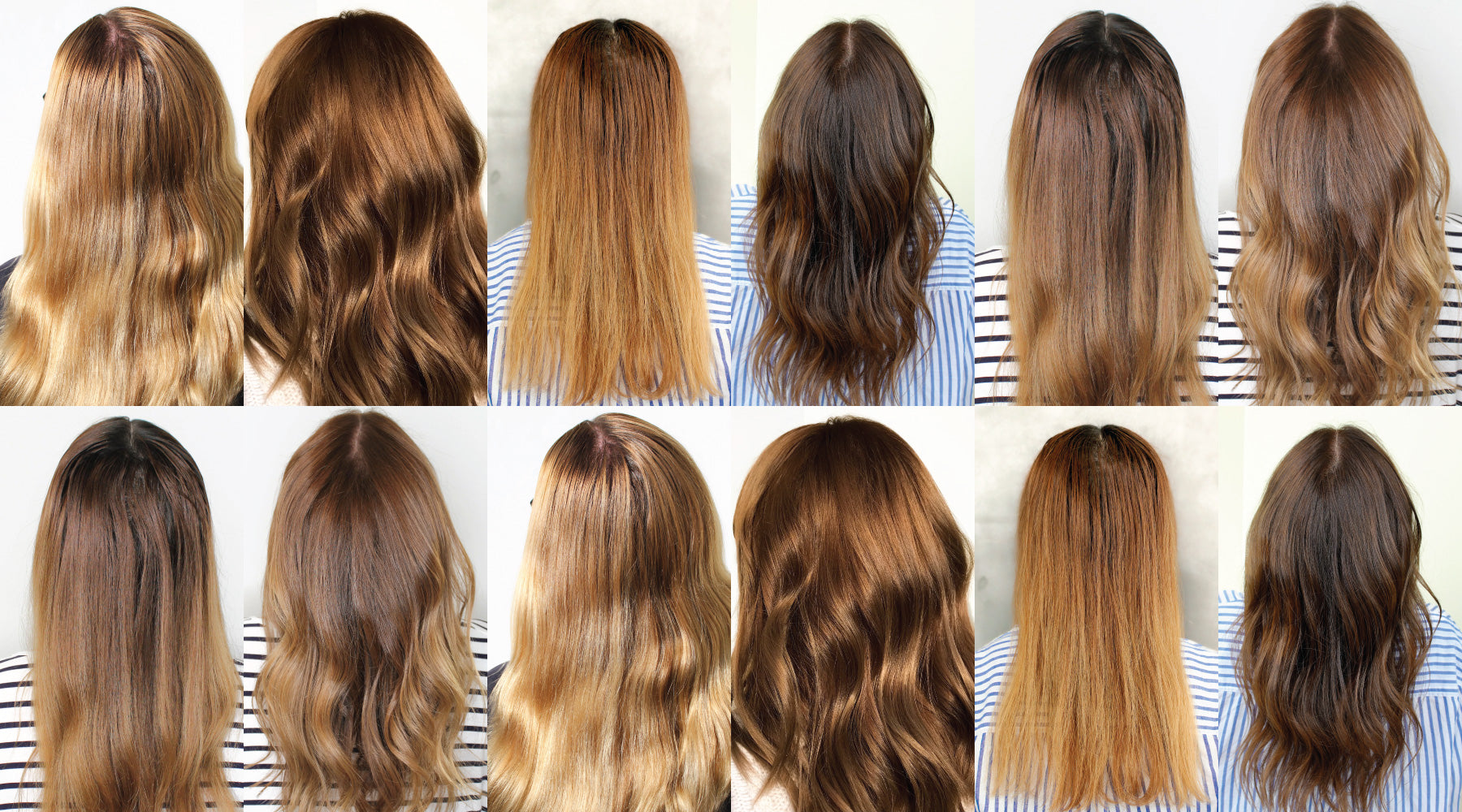
Section 1: Preparing Your Hair
Determining if Dark Hair is Right for You
Before you take the plunge and dye your hair dark, it’s important to determine if it’s the right choice for you. Consider your personal style, personality, and the overall look you want to achieve. Dark hair can be bold and striking, and it can complement a wide range of skin tones. However, it may not suit everyone, so it’s important to evaluate your own preferences and consult with a professional stylist if needed.
Evaluating Your Current Hair Color
When deciding to dye your hair dark, it’s essential to assess your current hair color. If you have light or blonde hair, the process of transitioning to a dark shade will be easier since lighter hair can be easily covered. However, if you have previously dyed or dark hair, it may require additional steps to achieve the desired result. In such cases, it’s best to consult with a professional stylist who can guide you on the best approach.
Considering Your Skin Tone
Your skin tone plays a significant role in determining the most flattering shade of dark hair for you. People with warm undertones generally suit warmer shades like chocolate brown or auburn, while those with cooler undertones can pull off cooler shades like espresso or ash brown. It’s helpful to consider your undertones and consult with a stylist who can recommend the most suitable dark shade for your skin tone.
Choosing the Right Shade of Dark
There are numerous shades of dark hair to choose from, ranging from jet black to deep browns and even dark reds. When selecting a shade, consider your personal style, skin tone, and the level of maintenance you’re comfortable with. Darker shades often require less upkeep compared to lighter colors. Additionally, keep in mind that the color may appear slightly different on your hair due to factors such as your hair’s natural color and the dye’s formulation.
Prepping Your Hair for Dyeing
Before dyeing your hair, it’s important to properly prep it to ensure the best possible outcome. Start by washing your hair thoroughly to remove any product buildup or excess oil. Avoid using conditioner or any styling products before dyeing, as they can interfere with the dye’s absorption. Dry your hair completely to ensure even application of the dye. Lastly, consider applying a protective barrier such as petroleum jelly along your hairline and ears to prevent staining of your skin.
Section 2: Dyeing Techniques
All-over Color
One of the most common dyeing techniques for achieving a dark hair color is all-over color. This involves applying the dye to your entire head of hair, from roots to ends. All-over color is a great option if you want a uniform and solid dark shade. It’s essential to distribute the dye evenly and follow the instructions provided with the hair dye for optimal results.
Highlights or Lowlights
If you prefer to add dimension to your dark hair, highlights or lowlights can be a fantastic option. Highlights involve lightening certain sections of your hair to create contrast, while lowlights involve darkening specific sections. These techniques can be done using foils or balayage for a more natural-looking effect. Consult with a professional stylist to determine the right placement and shade of highlights or lowlights for your dark hair.
Ombre or Balayage
For a trendy and modern look, ombre or balayage techniques can be a great choice. Ombre involves gradually transitioning from a lighter shade at the roots to a darker shade at the ends. Balayage, on the other hand, focuses on hand-painted highlights that create a more sun-kissed effect. Both techniques require skill and precision, so it’s recommended to seek professional help to achieve the desired results.

Color Melting
Color melting is a technique that involves seamlessly blending different shades of dark hair color. It creates a smooth and multidimensional effect that can look stunning on longer hair. The process requires a skilled stylist who can blend the colors using various application techniques. Color melting can be customized based on your preferences and can range from subtle to bold.
Shadow Roots
Shadow roots have gained popularity in recent years as a low-maintenance option for dark hair. This technique involves intentionally leaving the roots slightly darker than the rest of the hair. It not only creates a natural-looking effect but also allows for longer gaps between touch-ups. Shadow roots can be achieved using a hair dye slightly darker than the desired overall color.
Section 3: DIY vs. Professional
Pros and Cons of DIY Dyeing
While DIY dyeing can be cost-effective and convenient, it’s important to weigh the pros and cons before embarking on the process. One of the advantages is that you have control over the timing and application, allowing you to customize the result. However, there are risks involved, such as incorrect color matching, uneven application, or damage to your hair if the dye is not of good quality. DIY dyeing may be suitable for those with prior experience or for small changes, but for major transformations or complex techniques, professional help is recommended.
Benefits of Professional Dyeing
Professional dyeing offers several advantages that can contribute to a successful and satisfying hair transformation. Hairstylists are trained and skilled in color theory, technique, and product selection. They can guide you in choosing the right shade, applying the dye evenly, and achieving the desired result. Moreover, professionals have access to high-quality products that can minimize damage to your hair and maintain its overall health.
Budget Considerations
When deciding between DIY dyeing and seeking professional help, it’s crucial to consider your budget. DIY dyeing is generally more affordable, as you only need to purchase the necessary products. On the other hand, professional dyeing services can be more costly due to the expertise and quality of products used. It’s essential to weigh the cost against the potential risks and desired outcome to make an informed decision.
Choosing the Right Salon or Stylist
If you opt for professional dyeing, choosing the right salon or stylist is paramount to achieving the best results. Research different salons in your area, read reviews, and ask for recommendations from friends or family who have had successful experiences. Consultation appointments are also crucial, as they allow you to discuss your hair goals, ask questions, and assess the stylist’s expertise and compatibility with your preferences.
Section 4: Tips for Successful Dyeing
Performing a Strand Test
Before fully committing to dyeing your hair, it’s advisable to perform a strand test. This involves applying the dye to a small section of hair to see how it reacts and the color outcome. It helps you gauge the processing time needed and ensures that you won’t encounter any adverse reactions or unexpected results. Follow the instructions provided with the hair dye to carry out an accurate strand test.
Using Quality Hair Dye
The quality of the hair dye used greatly affects the outcome and long-term health of your hair. Opt for reputable brands and products that are specifically formulated for dark hair. High-quality dyes are less likely to cause damage, fading, or unwanted color changes. Consult with professionals or conduct thorough research to identify the best hair dye products suitable for your hair type and desired shade.
Avoiding Boxed Dye Pitfalls
While boxed dyes are readily available and convenient, they can present certain pitfalls when it comes to dyeing dark hair. These dyes often contain strong chemicals that may cause severe damage or an unnatural appearance. Additionally, boxed dyes may not provide the customization or shade options that a professional stylist can offer. For optimal results, it’s best to consult with a stylist and steer clear of boxed dyes.
Following Instructions Carefully
Whether you choose to dye your hair at home or visit a salon, it’s essential to carefully read and follow the instructions provided with the hair dye. Each dye brand may have specific instructions on application, processing time, and aftercare. Deviating from the instructions can lead to unpredictable results or compromise the health of your hair. Take the time to read and understand the instructions thoroughly before proceeding.
Applying Dye Evenly
Achieving an even and uniform color is crucial for a successful dark hair transformation. When applying the dye, ensure even distribution from roots to ends to avoid patchiness or uneven color. Use a wide-toothed comb or dye brush to help spread the dye evenly and prevent any missed spots. Take your time and work in sections to ensure full coverage and a seamless result.
Timing Your Coloring Process
The processing time plays a significant role in achieving the desired color intensity. Always refer to the instructions provided with the hair dye for the suggested processing time. Keep in mind that different hair types and textures may require varying amounts of time for the dye to develop fully. Avoid leaving the dye on for too long, as this can result in overprocessing and potential damage to your hair.
Avoiding Common Mistakes
When dyeing your hair dark, there are common mistakes to avoid for a successful outcome. One mistake is failing to consider your hair’s undertones and selecting a shade that clashes with your skin tone. Another mistake is changing the hair color too drastically without considering the maintenance required. It’s important to have realistic expectations and consult with professionals to avoid these common pitfalls.
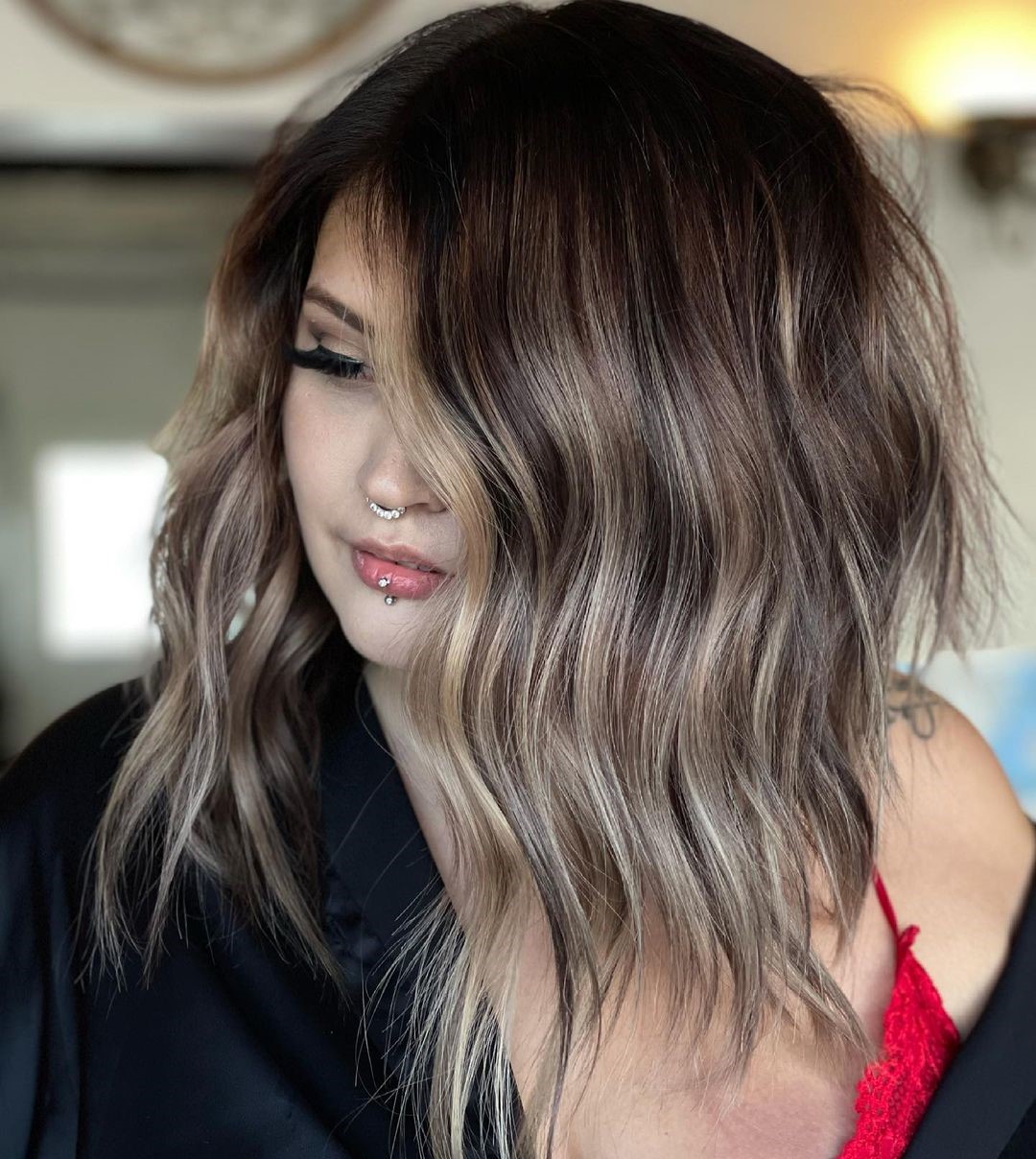
Section 5: Maintaining Dark Hair
Choosing the Right Products
Once you’ve achieved your desired dark hair shade, maintaining it requires using the right products. Look for hair care products specifically formulated for color-treated hair, as they help preserve the vibrancy and prevent premature fading. Shampoos and conditioners that are sulfate-free and contain UV protectants are particularly beneficial for dark hair, as they minimize damage and protect against fading caused by external factors.
Protecting Your Hair from Fading
Dark hair is prone to fading over time, especially when exposed to sunlight, excessive heat styling, or harsh chemicals. To prevent premature color loss, consider wearing a hat or using UV-protective hair products when going outdoors. Additionally, avoid excessive use of heat styling tools and opt for heat-protectant products when necessary. These precautions can significantly extend the longevity of your dark hair color.
Avoiding Excessive Heat Styling
Excessive heat styling can cause significant damage to your hair and contribute to color fading. To maintain the health and vibrancy of your dark hair, limit the use of heat styling tools such as flat irons, curling irons, and blow dryers. When styling, use low heat settings and apply a heat protectant spray or serum to shield your hair from excessive heat. Embrace heatless styling methods like air-drying or curling with overnight methods whenever possible.
Color-Refreshing Techniques
Over time, even with proper maintenance, dark hair can start to lose its initial intensity. To keep your hair looking fresh and vibrant, consider using color-refreshing techniques. These include using color-depositing shampoos, conditioners, or glosses specifically designed for dark hair. Color-refreshing products can help revive your hair’s color between dyeing sessions and add depth to any fading or dullness.
Regular Trims and Maintenance
Maintaining healthy and radiant dark hair goes beyond just color preservation. Regular trims are essential to prevent split ends and breakage, which can negatively impact the overall appearance of your hair. Trimming your hair every six to eight weeks helps maintain its shape and prevent any gradual damage from spreading. Additionally, following a hair care routine that includes moisturizing masks and leave-in treatments can enhance the overall health and appearance of your dark hair.
Section 6: Handling Hair Concerns
Dealing with Discoloration
Discoloration can occur when the dye fades unevenly or when there are color irregularities. If you notice any discoloration in your dark hair, it’s best to consult with a professional stylist who can identify the cause and recommend suitable solutions. Options may include color correction techniques, toning treatments, or additional dyeing sessions to restore uniformity and achieve the desired shade.
Addressing Uneven Color
Uneven color can be a result of improper application or previous dye jobs. If you notice unevenness in your dark hair after dyeing, it’s advisable to seek professional help. A stylist can assess the situation and suggest corrective measures such as color-balancing techniques or targeted application of dye to even out the color. Attempting to fix uneven color at home may lead to further damage or undesirable results.
Covering Up Gray Hair
Gray hair can be challenging to cover up, especially when transitioning to a darker shade. If your goal is to conceal gray hair, it’s recommended to consult with a professional stylist. They can recommend the best approach based on your hair type and the amount of gray hair present. Options may include using a higher developer volume, incorporating highlights or lowlights, or opting for a professional color treatment specifically designed to cover gray hair effectively.
Taking Care of Damaged Hair
If your hair is already damaged or prone to damage, undergoing a dark hair transformation can further compromise its health. To take care of damaged hair, it’s important to focus on restoring moisture, preventing breakage, and minimizing heat styling. Incorporate deep conditioning treatments, leave-in conditioners, and gentle detangling techniques into your hair care routine. Avoid using excessive heat and opt for protective hairstyles whenever possible.
Seeking Professional Help
If you encounter any hair concerns or challenges during your dark hair journey, it’s crucial to seek professional help. A stylist can assess your hair, provide expert guidance, and recommend the best course of action. They have the tools, knowledge, and experience needed to address specific concerns and ensure that your dark hair looks fabulous.
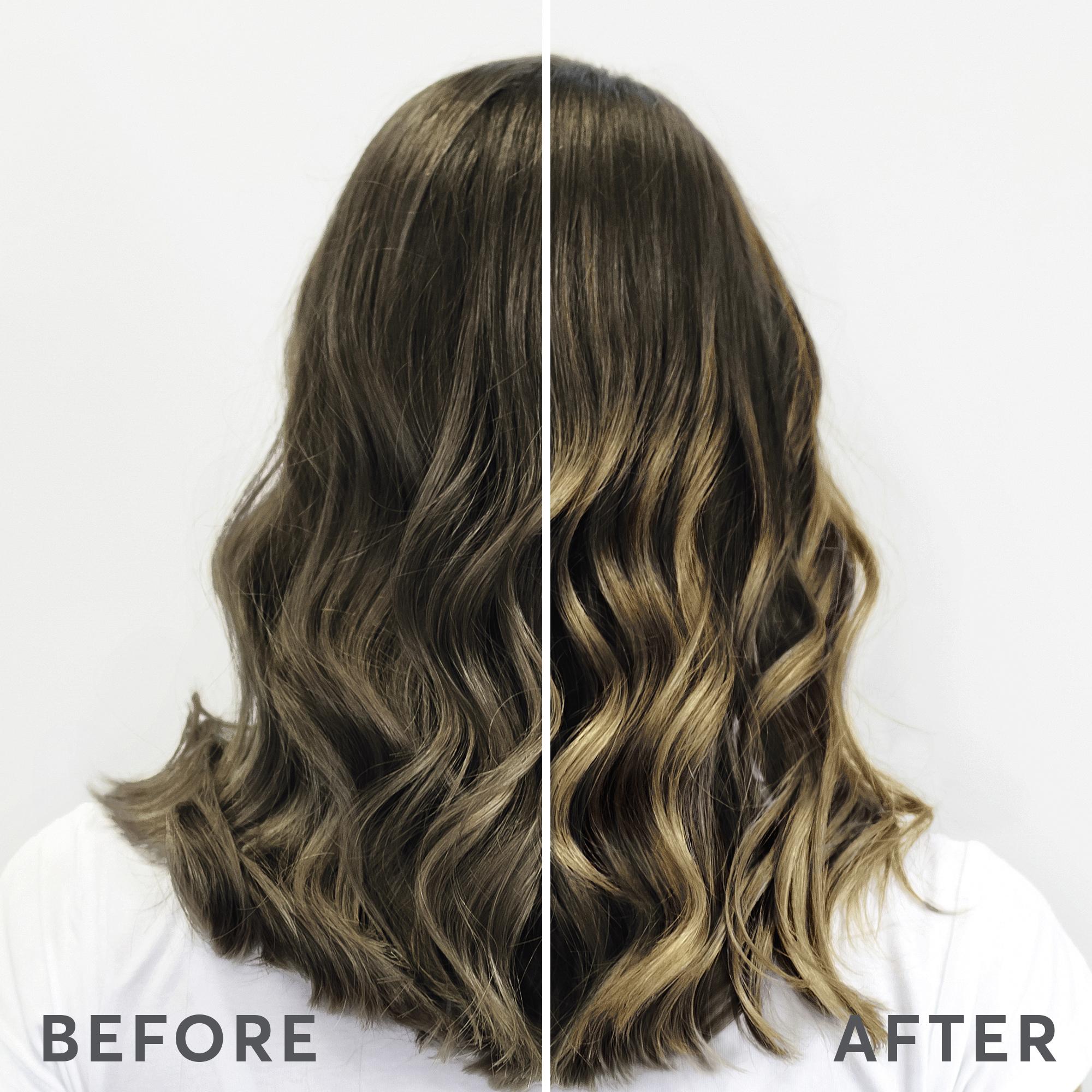
Section 7: Safety Measures
Skin and Scalp Protection
When dyeing your hair dark, it’s important to protect your skin and scalp from potential irritation or staining. Before applying the dye, consider applying a thin layer of petroleum jelly along your hairline and ears. This acts as a barrier and helps prevent the dye from coming into direct contact with your skin. Additionally, wearing gloves during the dyeing process is essential to avoid staining your hands.
Avoiding Allergic Reactions
Hair dye products contain strong chemicals that can potentially cause allergic reactions. It’s crucial to perform a patch test before each new dye application to check for any sensitivity. Apply a small amount of the dye mixture to an inconspicuous area of your skin, such as behind your ear, and leave it for the recommended time. If you experience any adverse reactions, such as redness, itching, or swelling, refrain from using the hair dye and consult a healthcare professional.
Importance of Patch Tests
Patch tests are essential to determine if you have any allergic reactions or sensitivities to the hair dye’s ingredients. It’s important to follow the instructions provided with the hair dye for conducting a patch test. Even if you have used the same product before, it’s recommended to perform a patch test each time to rule out any potential changes in sensitivities.
Safe Handling and Storage of Dyes
Hair dyes contain chemicals that can be harmful if mishandled or stored improperly. Always follow the manufacturer’s instructions for safe handling, such as wearing gloves and avoiding contact with eyes or mouth. Store your hair dye in a cool, dry place, away from direct sunlight and extreme temperatures. Keep the dye out of reach of children and pets to prevent accidental ingestion or contact.
Section 8: Going from Dark to Light
Understanding the Lightening Process
If you decide to transition from dark to light hair, it’s important to understand the lightening process and its potential effects on your hair. Lightening dark hair typically involves using bleach or lightening treatments to lift the existing color. This process may require multiple sessions, especially if you have previously dyed or resistant hair. It is recommended to seek professional help to minimize damage and achieve the desired lightness safely.
Considering Professional Help
Lightening dark hair is a complex process that often requires the expertise of a professional stylist. They can assess the condition of your hair, determine the best lightening technique, and minimize the risk of damage. Professional lightening treatments, such as balayage, highlights, or bleach baths, can provide more controlled and even results compared to DIY methods. Consult with a stylist who specializes in color transformations for the best outcome.
Patience and Gradual Lightening
It’s essential to have realistic expectations when transitioning from dark to light hair. Achieving significant lightness in one session can be damaging to your hair and may not yield the desired result. Gradual lightening sessions allow your hair to adjust to the lighter shades and minimize damage. Patience is key, as it may take several visits to the salon to reach your desired level of lightness.
Hair Care during Lightening
Lightening dark hair can be a lengthy process, and it’s important to take care of your hair throughout the journey. Use hair care products specifically designed for color-treated or lightened hair to maintain its health. Deep conditioning treatments, protein masks, and regular trims can help minimize damage and keep your hair looking its best during the lightening process. Additionally, avoid excessive heat styling and use heat protectant products to protect your hair from further damage.
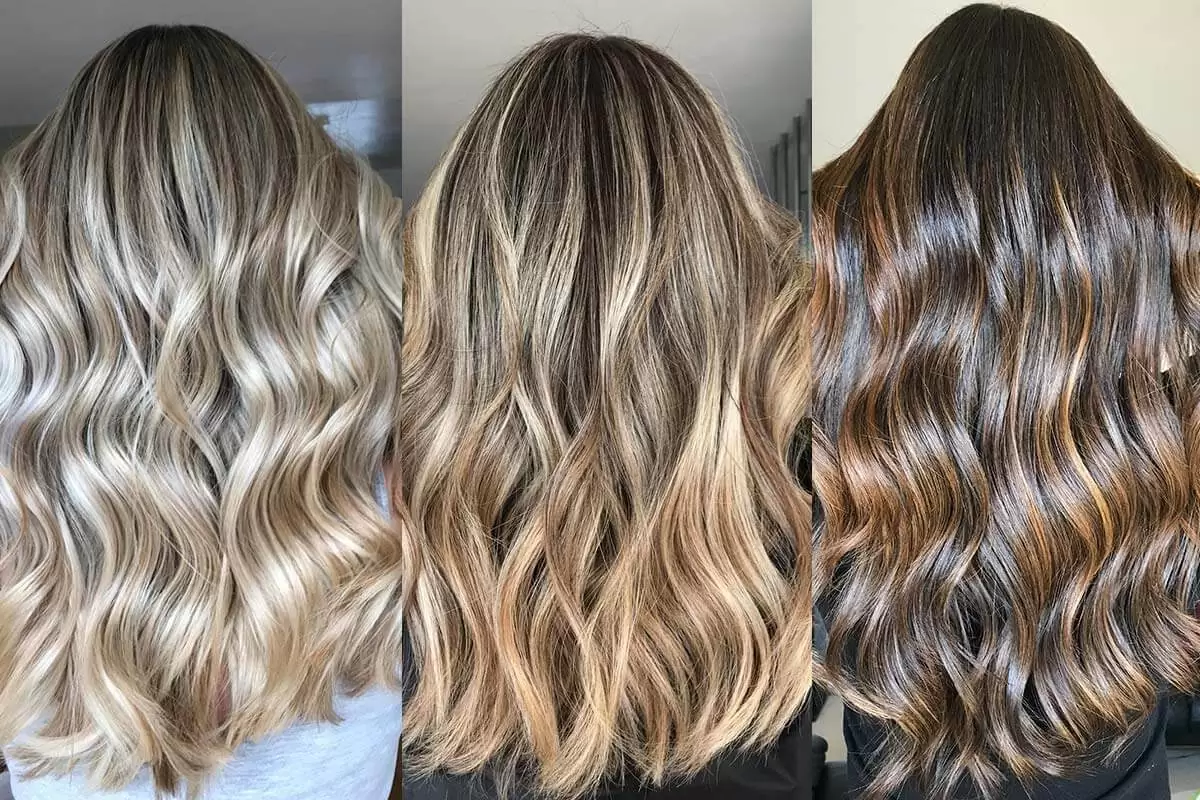
Section 9: Alternative Methods
Natural Remedies for Darkening Hair
If you prefer a more natural approach to darken your hair, there are various home remedies you can try. For example, rinsing your hair with strong black tea or coffee can darken the hair slightly. A mixture of henna and indigo powder can also provide a natural darkening effect. However, keep in mind that natural remedies may not offer as dramatic or long-lasting results as commercial hair dyes. It’s advisable to conduct thorough research and test these remedies on a small strand of hair before applying them to your entire head.
Henna as a Darkening Agent
Henna has long been used as a natural hair dye and can be an excellent option for achieving dark hair. It is derived from the Lawsonia plant and provides a red-orange tint to the hair. When combined with other natural ingredients such as indigo powder or coffee, henna can produce deep, rich, and dark shades. However, henna can be difficult to remove and may not be suitable for everyone. Consult with a professional or conduct extensive research before using henna to darken your hair.
Temporary Darkening Options
If you’re not ready to commit to a permanent dark hair color, there are temporary options available. Temporary hair dyes, sprays, or rinses can provide a quick and easy way to darken your hair without the long-term commitment. These products wash out after a few shampoos and allow you to experiment with different dark shades. However, keep in mind that temporary options may not provide the same level of intensity or coverage as permanent hair dyes.
Color Depositing Products
Color depositing products are specifically designed to enhance and maintain hair color, including dark shades. These products come in various forms, such as shampoos, conditioners, masks, or sprays, and contain pigments that help refresh and intensify your dark hair color between dyeing sessions. They can be a great option to extend the life of your dark hair color and add vibrancy to your locks.
Section 10: Seeking Professional Advice
Consulting a Professional Hairstylist
When it comes to making decisions about your hair, seeking professional advice can be invaluable. A professional hairstylist can assess your hair’s condition, offer expert opinions, and guide you through the process of dyeing your hair dark. They can provide personalized recommendations based on your unique hair type, preferences, and lifestyle. Consulting a professional hairstylist can ensure that you make informed decisions and achieve the best possible outcome.
Inquiring about Hair Health
During your consultation with a professional hairstylist, don’t forget to ask about your hair’s overall health. Discuss any concerns or issues you may have, such as dryness, breakage, or scalp conditions. A stylist can recommend appropriate treatments, products, and routines to improve the health of your hair before, during, and after the dyeing process. Prioritizing hair health is key to achieving and maintaining vibrant dark hair.
Customizing Hair Color
One advantage of consulting a professional hairstylist is their ability to customize your hair color. They can consider your hair’s natural undertones, skin tone, and personal preferences to create a color that suits you perfectly. Professional stylists have extensive knowledge of color theory and can blend different shades to achieve a unique and flattering dark hair color. Their expertise ensures that your hair color compliments your features and enhances your overall appearance.
Discussing Long-term Hair Goals
When discussing your desired dark hair color with a professional hairstylist, it’s essential to share your long-term hair goals. Whether you want to maintain the dark color indefinitely or transition to a different shade in the future, communicating your intentions will allow the stylist to make appropriate recommendations. They can provide guidance on achieving your current goal while considering the long-term health, maintenance, and potential changes you may want to make in the future.
By following these comprehensive tips and tricks for dyeing hair darker shades, you’ll be well-prepared to embark on your dark hair journey. Remember to assess your hair’s suitability for dark shades, choose the right dyeing technique, and decide whether to opt for DIY or professional assistance. Properly preparing your hair, maintaining your dark color, and addressing any concerns will ensure a successful and vibrant transformation. Seek professional advice when needed, and always prioritize the health and integrity of your hair throughout the dyeing process. With the right approach and care, you can confidently rock your stunning dark locks.
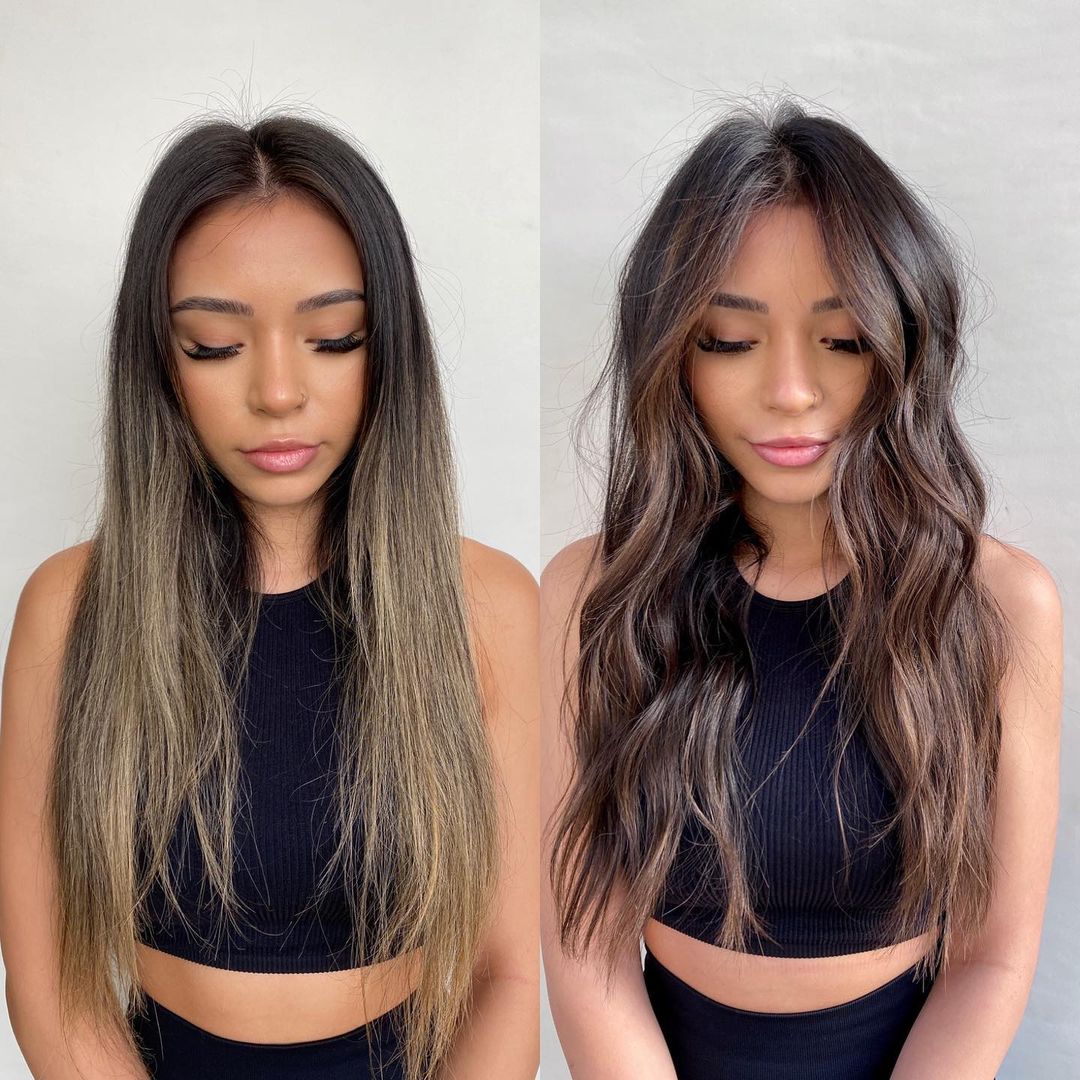
The Ultimate Guide to Hairstyles for Round Faces(Opens in a new browser tab)
Trendy and Practical: Hair Styling with Claw Clips(Opens in a new browser tab)
Treating hair Scalp Issues with Ketoconazole: A Comprehensive Guide(Opens in a new browser tab)

